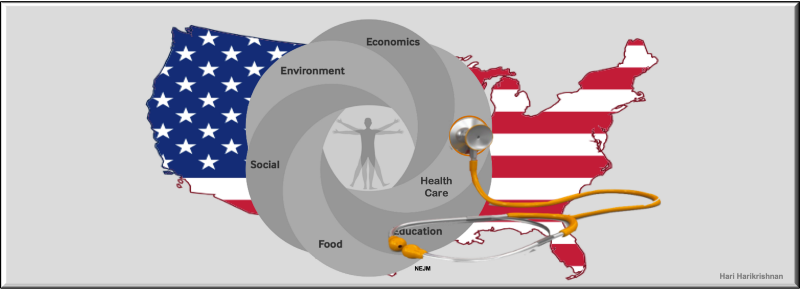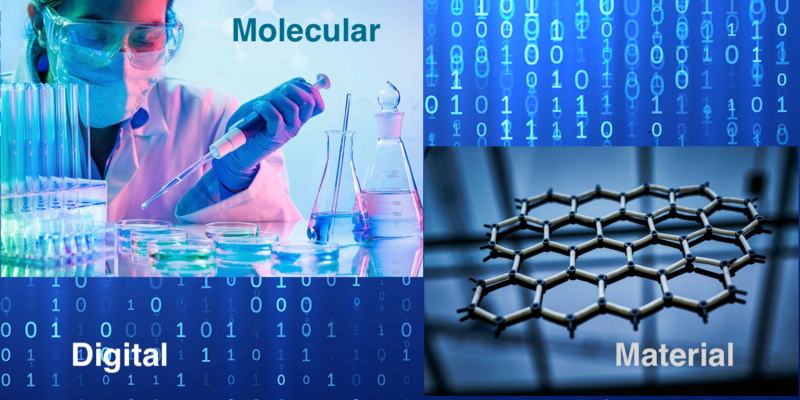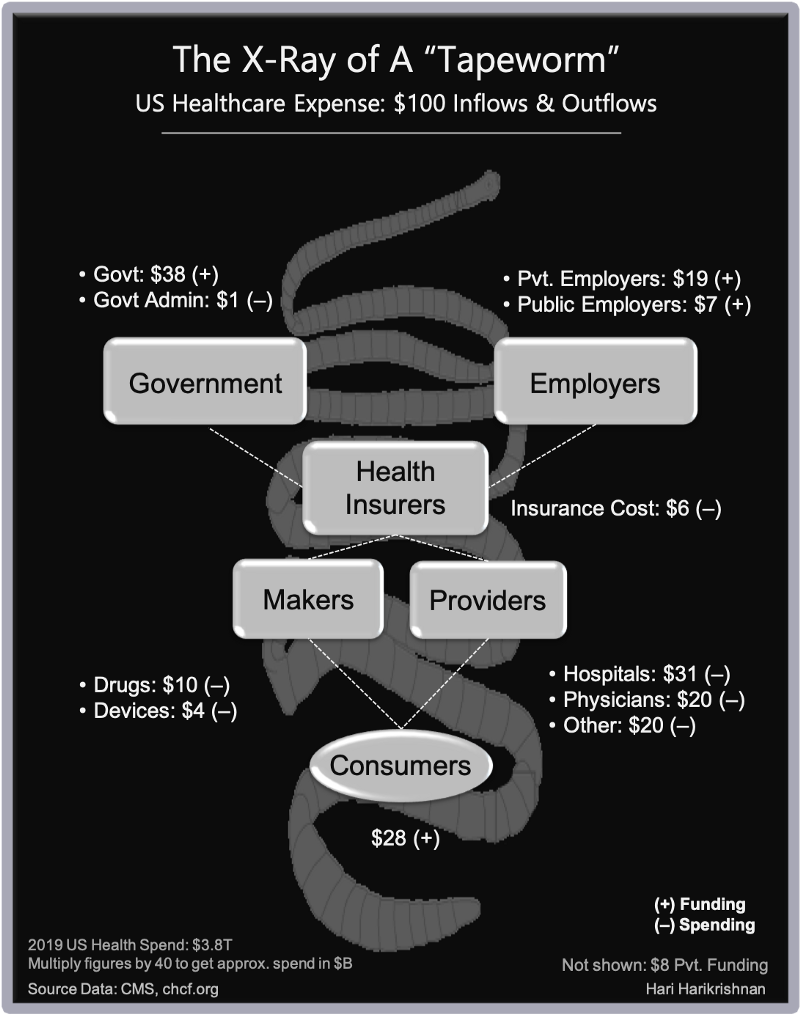Two decades after the christening of IoT, what’s in store for us over the next decade?
We’ve all heard about the trillions of dollars of value at stake in the business of the Internet of Things (IoT), have heard of immense value to be captured from selling and using IoT-enabled solutions.
How do we make sense of the numerous innovations and use-cases? What lies ahead? What lessons from industrial IoT are applicable to healthcare, the toughest vertical industry innovation problem of the 21st century?
IoT in Three Waves
Let’s start by looking at IoT evolution from three perspectives — Operational Innovation, Product Innovation, and Consumption Model Innovation. I’ll tag them IoT 1.0, IoT 2.0, and IoT 3.0, respectively.

Each innovation area is best seen through the lens of the 4-stages of a Thing Lifecycle — the very same thing that we are connecting to the Internet. The four phases of a thing’s lifecycle where the maker of a thing designs and manufactures it (thing is called a product) and its buyer procures and uses it (thing is called an asset) — design-phase, manufacturing-phase, procurement-phase, and use-phase — are shown below.

Over the last two decades we’ve seen makers and buyers innovate in all the quadrants of the thing lifecycle. With this lifecycle in mind, let’s look at each type of IoT innovation below.
IoT 1.0 — Operational Innovation
The predominant IoT use case we were awash in during the last decade, has been product or asset maintenance — maintenance services that varied in nomenclature from proactive, to predictive, to preemptive. Each adjective tried to parse asset maintenance transitioning from time-based to condition-based in nuanced ways. They all addressed the use-phase of the thing lifecycle just do use things, not the design, manufacturing, or procurement phases. See quadrant-4 of the thing lifecycle below for the core operational processes affected by IoT in the use-phase.
IoT 1.0 is the era of aftermarket IoT, since in most cases, the thing — the capital asset we connected — wasn’t natively designed to be connected to the Internet. It required intermediate devices to translate data and send to the Internet.
The extent of value extracted from this step towards condition-based maintenance varied across industrial markets. In some cases, it was simply about visibility into the asset and data collection. Depending on the organization, we automated certain level of maintenance over the last 20 years to augment a labor pool using automation, while reducing downtime and driving capital efficiencies.
IoT 2.0 — Product Innovation
IoT 2.0 affected quadrants 1 and 2 of the thing lifecycle as shown below. The connectivity and smarts that are needed to network the capital asset were designed into the product itself. Manufacturing-phase of the thing lifecycle, adapted to this design change by integrating electronic and industrial supply chains and processes.
I call this, Native IoT.
If after-market IoT was like installing GPS in a car after we bought it, native IoT is like a car with built-in GPS.
Data from the use-phase, both functional and experiential, fed into design-phase of products. It is easy to see how IoT influenced a designer’s life. (Hint: Design Thinking!)
IoT 3.0 — Consumption-centric Innovation
Quadrant-3 of the thing lifecycle deals with packaging, pricing, and delivery models to enable new ways to consume the thing. IoT-driven changes to this procurement-phase changes the prevalent asset-consumption model from owning, to subscribing, to on-demand use, as shown in quadrant 3.
Some examples of IoT 3.0:
- Air-as-a-service from Kaeser Kompressoren
- Train-as-a-service from Hitachi
- Care-by-Volvo from Volvo
- Book-by-Cadillac from GM
Arguably, stage-3 changes to thing lifecycle could be done even without IoT. IoT makes this more easily and sustainably doable, while mitigating financial risks.
For a detailed dissection of various consumption-models is here: How IoT Transforms Business Models.
Mapping IoT Waves to the Thing Lifecycle
Below is a summary of generic IoT use-cases mapped to the thing lifecycle and categorized into the three waves of IoT evolution. You can see detailed industrial IoT use-cases and firms adopting them here.

Whither IoT from Here?
We are still in early days of IoT 2.0 since we are dependent on capital refresh cycles for an installed-base-level change towards native-IoT assets.
IoT 3.0 is disruptive not just to makers and buyers, but to the entire ecosystem that sells, finances, insures, and services capital assets in any industry.
A prime example is auto dealers suing Volvo when it started its car subscription service that combined lease, insurance, maintenance, and upgrades, a la AppleCare.
Elsewhere, in the healthcare industry, IoT evolution is still in its early days when compared to other industries. The lessons from industrial IoT asset monitoring and consumption models apply in healthcare industry too. E.g. Use of medical devices such as surgical robots (the ones shown in the graphics above), durable medical devices (DME), and even pharmaceuticals, could be monitored and sold as subscriptions.
While in industrial IoT we monitor things, in healthcare we are monitoring our selves. It may be more aptly termed IoS — Internet of Souls.
IoS would be an unprecedented amalgamation of digital and medical technologies, care delivery ecosystem, and public policy, building on IoT 3.0.
IoS = IoT 3.0 + Healthcare Ecosystem + Public Policy
A well-worn cliche says hindsight is 20/20. If so, IoT hindsight from the last 20 years should give us a head start on what lies ahead in the 2020s.
— —
First published on LinkedIn.






